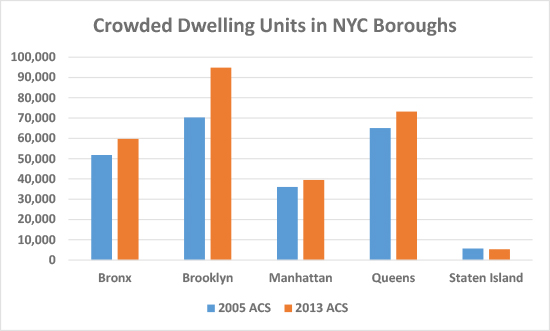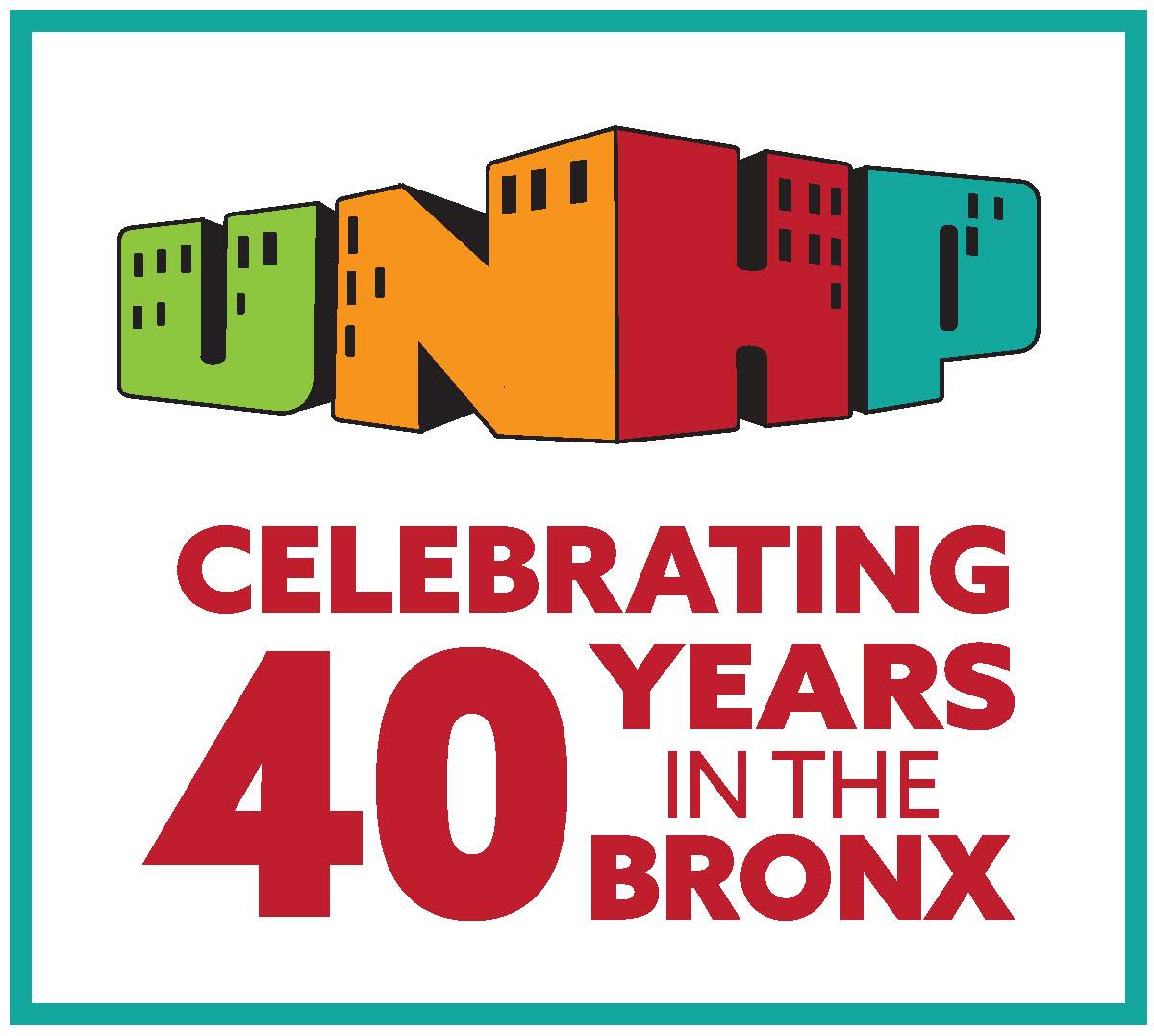Low Incomes and Rising Rents Put Bronx Residents at Risk for Homelessness
Much of the focus on this issue has been in housing the current homeless population. But here in the Bronx, many residents are in danger of becoming homeless themselves. As part of UNHP’s research to better understand the concentration of poverty in the Bronx, we have been updating some of the measures of this danger from our 2013 report Nowhere to Go. Renters in the Bronx are struggling to get by, facing high rent burdens and compensating through overcrowded living situations.
In order to be considered financially affordable, a household’s rent burden, or the percentage of household income allocated to rent, must be below 30%. Not only are a majority of renters in the Bronx paying more than 30% of their income towards rent, but a third of them are severely rent burdened, paying more than 50% of their income towards rent [1]. We are seeing the ways Bronx residents are coping with these high rent burdens in their living situations. 11.6% of households in the Bronx are overcrowded, housing more than 1 person per room [2]. These people may be living doubled-up with other family members or renters to be able to afford their rent. Such tenuous housing arrangements place these Bronxites on the verge of homelessness.

These indicators highlight the worsening affordability crisis in the Bronx. While the Bronx is often characterized as the most affordable borough based on lower asking rents, it is actually the least affordable borough based on percent of income spent on rent. In other words, many people living here cannot afford even these lower asking rents. This is because the Bronx is home to some of the lowest-income households in New York City. The map below highlights the neighborhood-level concentration of Extremely Low Income (ELI) households, or those making 0-30% of Area Median Income (AMI), and Very Low Income (VLI) households, or those making 30-50% of AMI.
.jpg)
It is these Bronx households, Extremely Low Income and Very Low Income families, who are in danger of becoming homeless. Between them, their income is between 0-50% AMI. They are even more rent-burdened than the overall Bronx population. The next map shows the high number of ELI and VLI households that are severely rent burdened, paying more than half of their income towards rent.
.jpg)
Many of the poorest Bronx residents are struggling to live in the Bronx and are on the verge of homelessness. As described in a recent Enterprise report, there are not enough affordable housing units for lowest income residents of NYC. New affordable housing is desperately needed in the Bronx,housing that would be affordable to the families that live here now, including those with the lowest incomes. Preserving the affordability of the units and buildings, mostly privately-owned and rent stabilized, where low income people live now is also a must.
Continue to read our blog over the next month as we continue to share our research on the concentration of poverty in the Bronx. We welcome your input on the subject - contact Catherine Clarke at Clarke@unhp.org
______________________________
[1] Source: U.S. Census Bureau, 2009-2013 5-Year American Community Survey
[2] Source: U.S. Census Bureau, 2009-2013 5-Year American Community Survey


